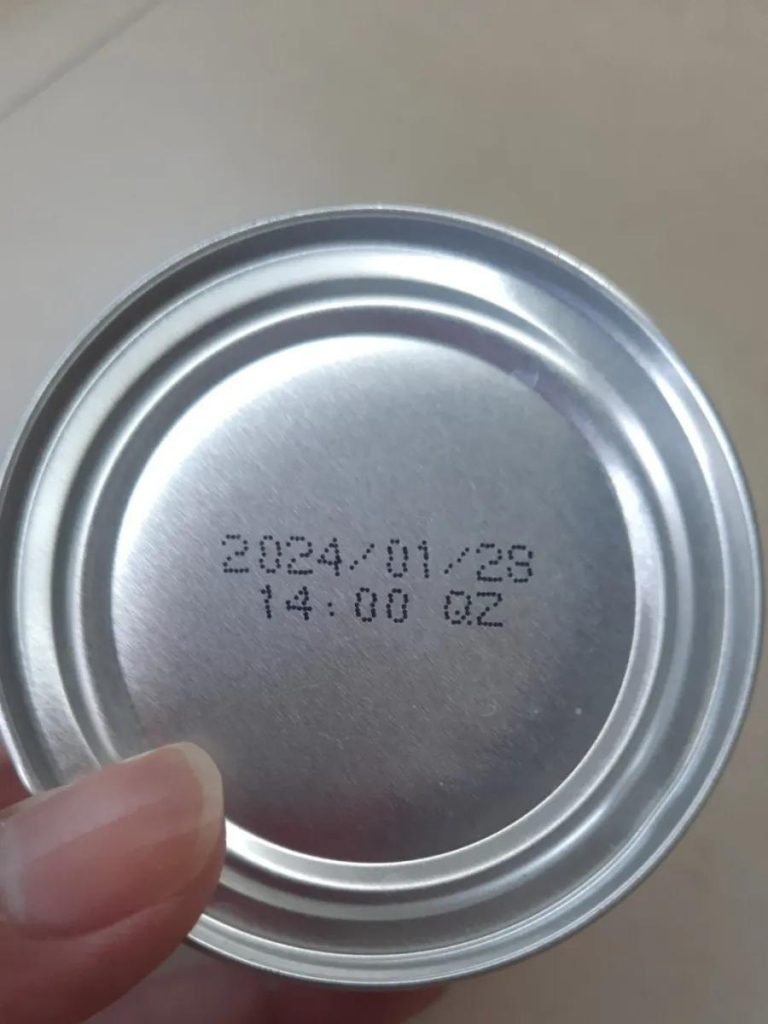Ever found yourself staring at a carton of milk or a package of chicken, wondering whether it’s still safe to eat even though the expiration date has passed? You’re not alone. Food expiration dates can often seem like a perplexing enigma, leading many of us to toss out perfectly good food simply because the date on the package has passed. Understanding these dates is not just about avoiding waste—it’s also about making informed choices to keep both your budget and your environment in check.
The Mystery Behind Food Expiration Dates
Food expiration dates are a common sight on virtually every food product we purchase. They come in various forms—“Best if Used By,” “Use By,” and “Sell By”—and often leave consumers confused and wasteful. My own experience with food dates began with an embarrassing moment at a family dinner. I had purchased a bottle of milk just days before, but it had already reached its “Best if Used By” date. Despite the milk looking and smelling perfectly fine, I hesitated to use it. This led to a late-night research spree to decipher the true meaning behind these labels, which ultimately taught me valuable lessons about food quality, safety, and waste reduction.
Decoding Food Date Labels
To make sense of food expiration dates, it’s essential to understand what each term actually signifies:
continued on the next page
